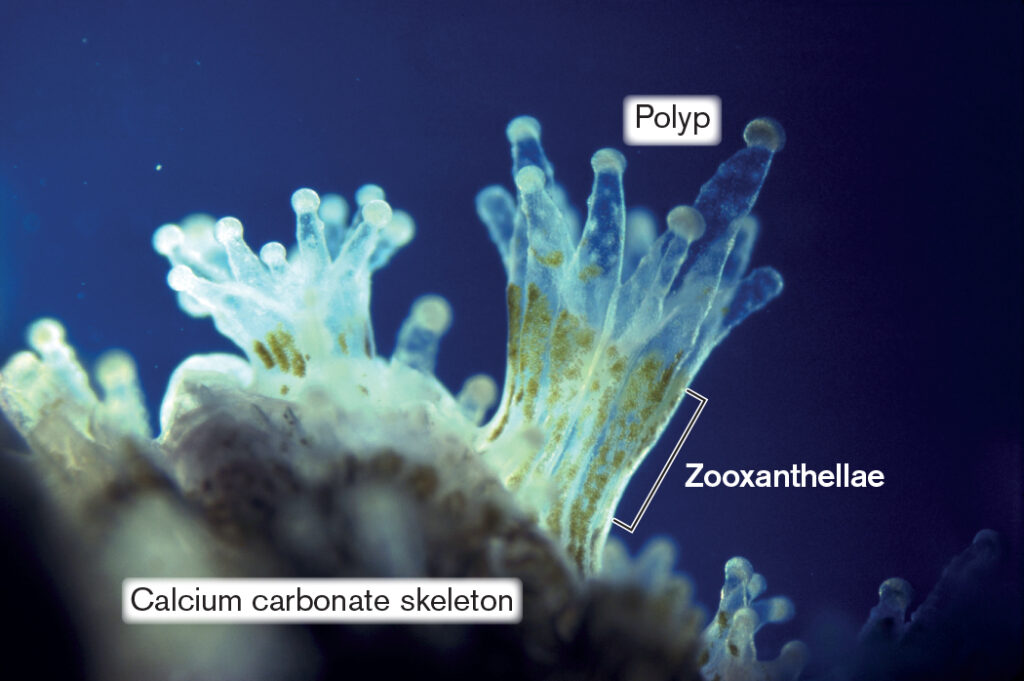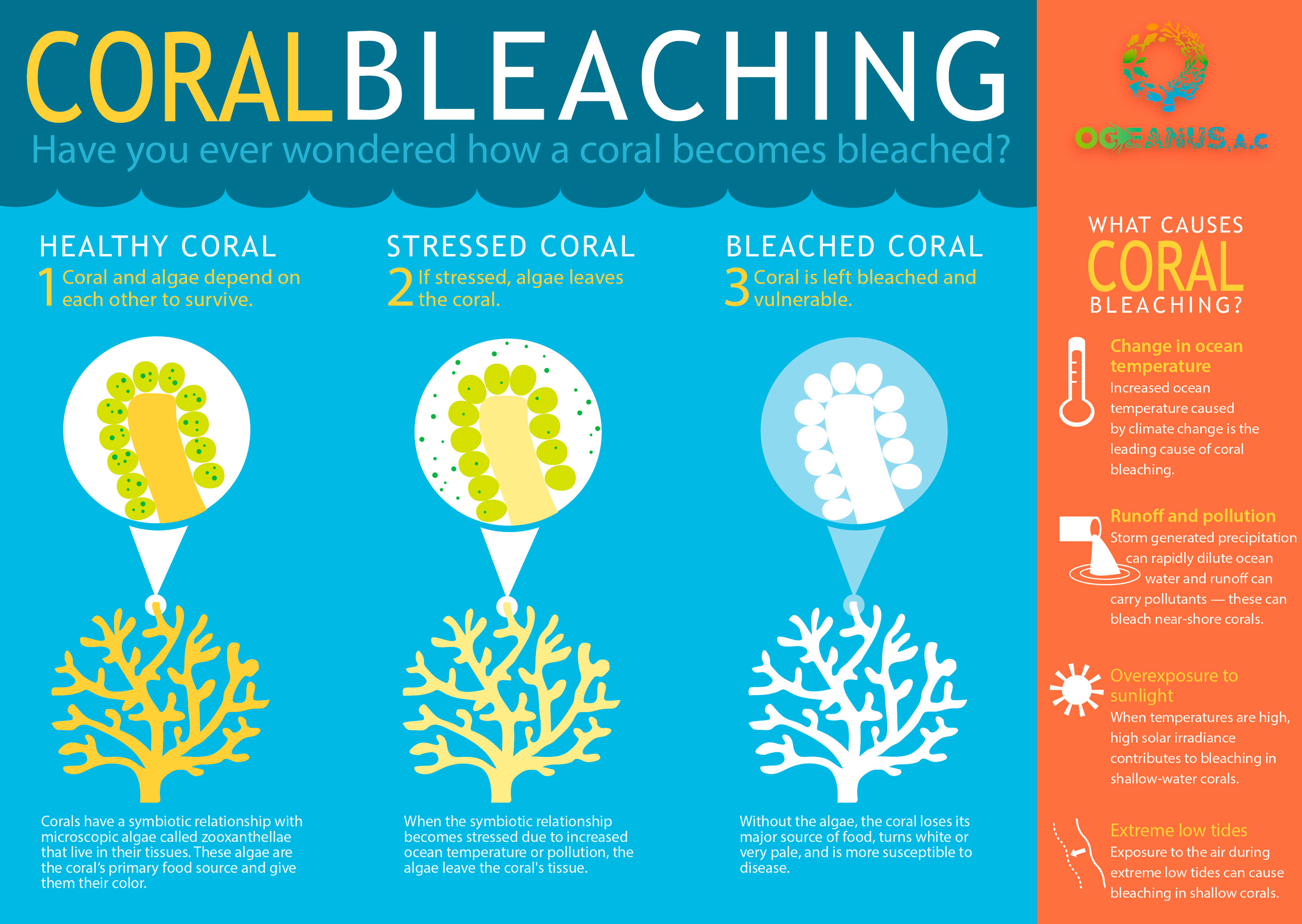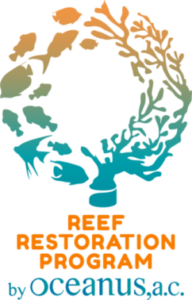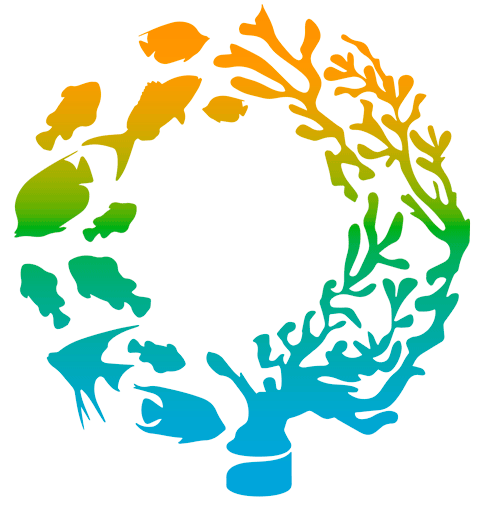What are Corals?
Corals are related to sea anemones, and they all share the same simple structure, the polyp. The polyp is like a tin can open at just one end: the open end has a mouth surrounded by a ring of tentacles. The tentacles have stinging cells, called nematocysts, that allow the coral polyp to capture small organisms that swim too close. Inside the body of the polyp are digestive and reproductive tissues. Corals differ from sea anemones in their production of a mineral skeleton.
Shallow water corals that live in warm water often have another source of food, the zooxanthellae. These single-celled algae photosynthesize and pass some of the food they make from the sun’s energy to their hosts, and in exchange the coral animal gives nutrients to the algae. It is this relationship that allows shallow water corals to grow fast enough to build the enormous structures we call reefs. The zooxanthellae also provide much of the green, brown, and reddish colors that corals have. The less common purple, blue, and mauve colors found in some corals the coral makes itself.



Let’s Restore the Reef!
Adopt Coral Colonies and help us continue to restore the reef.


